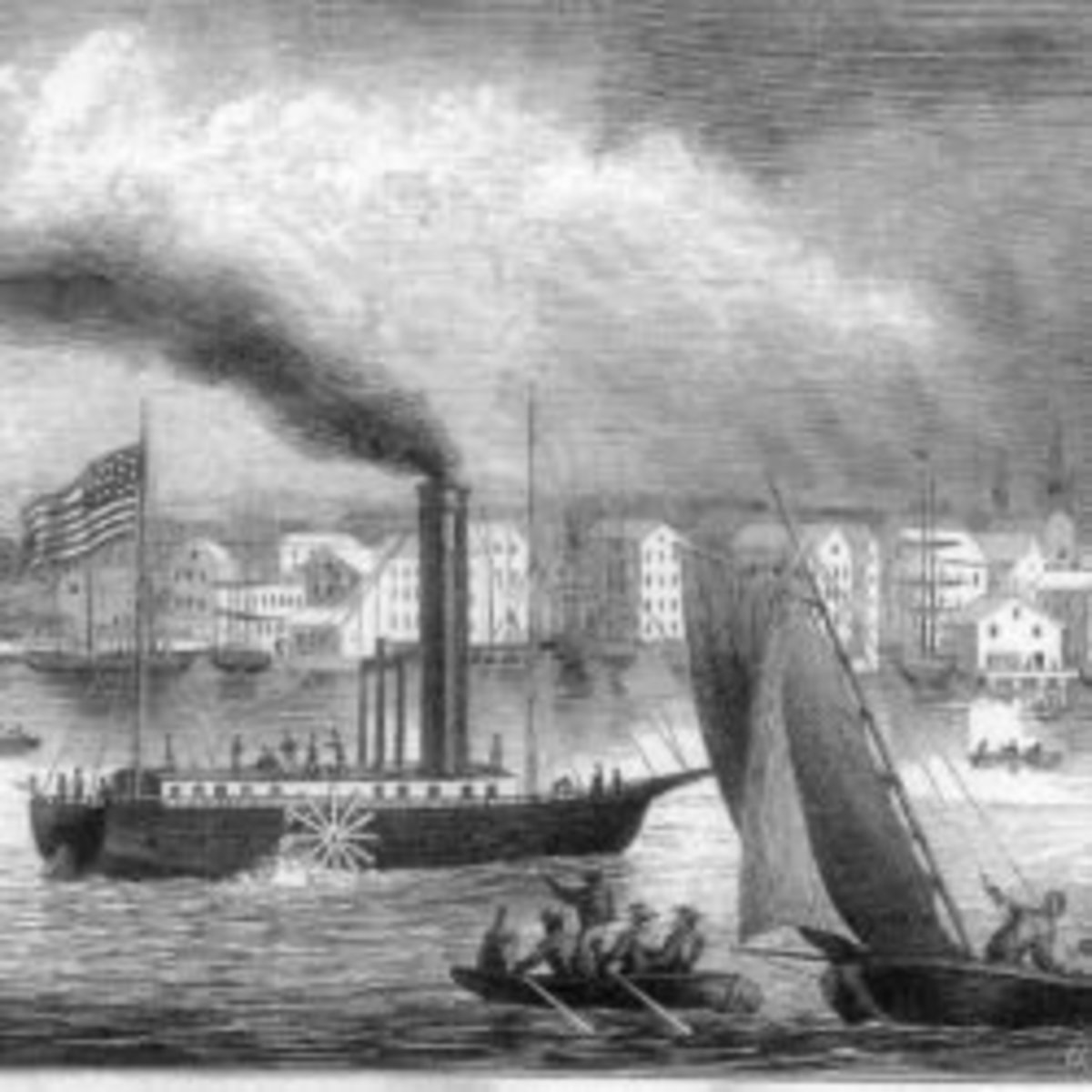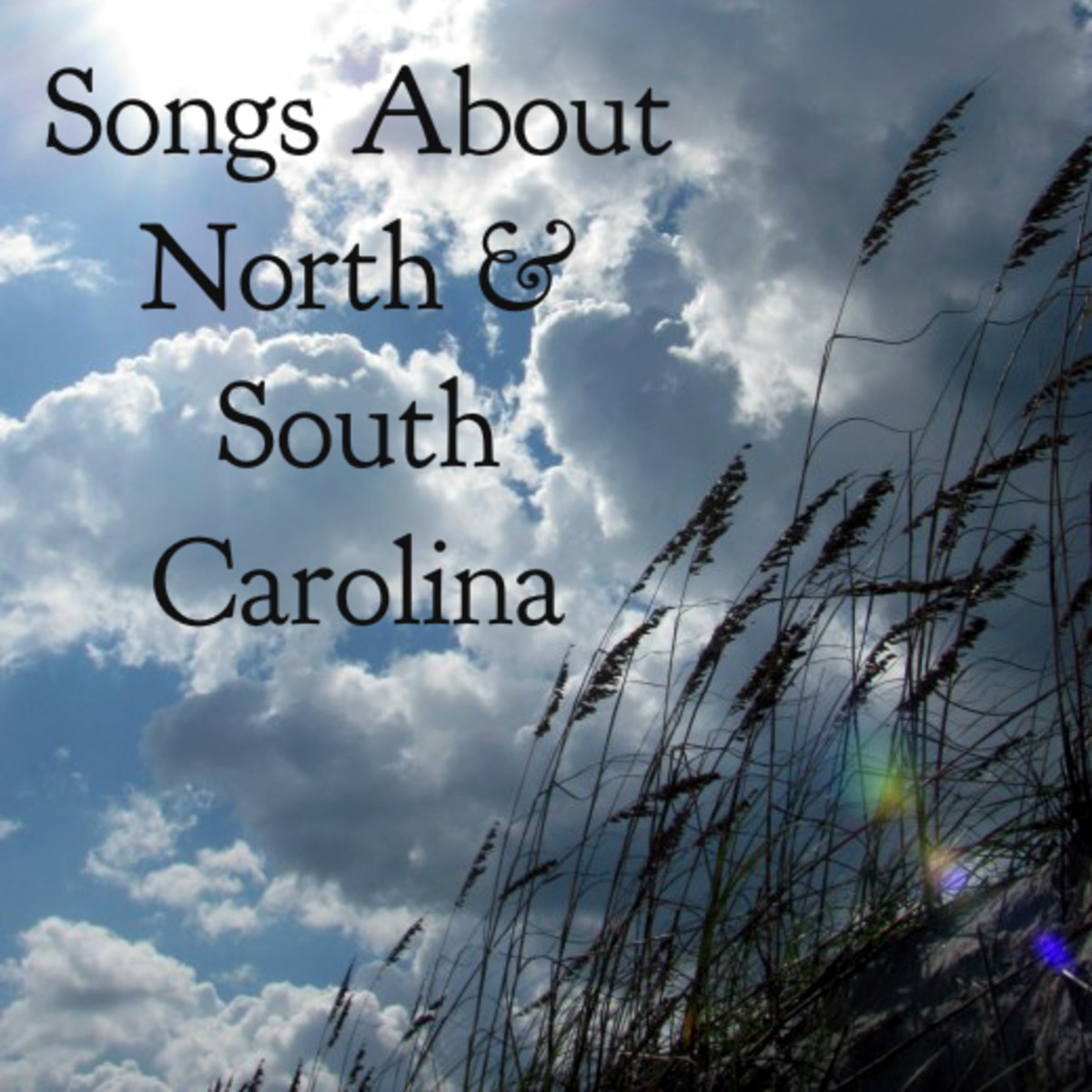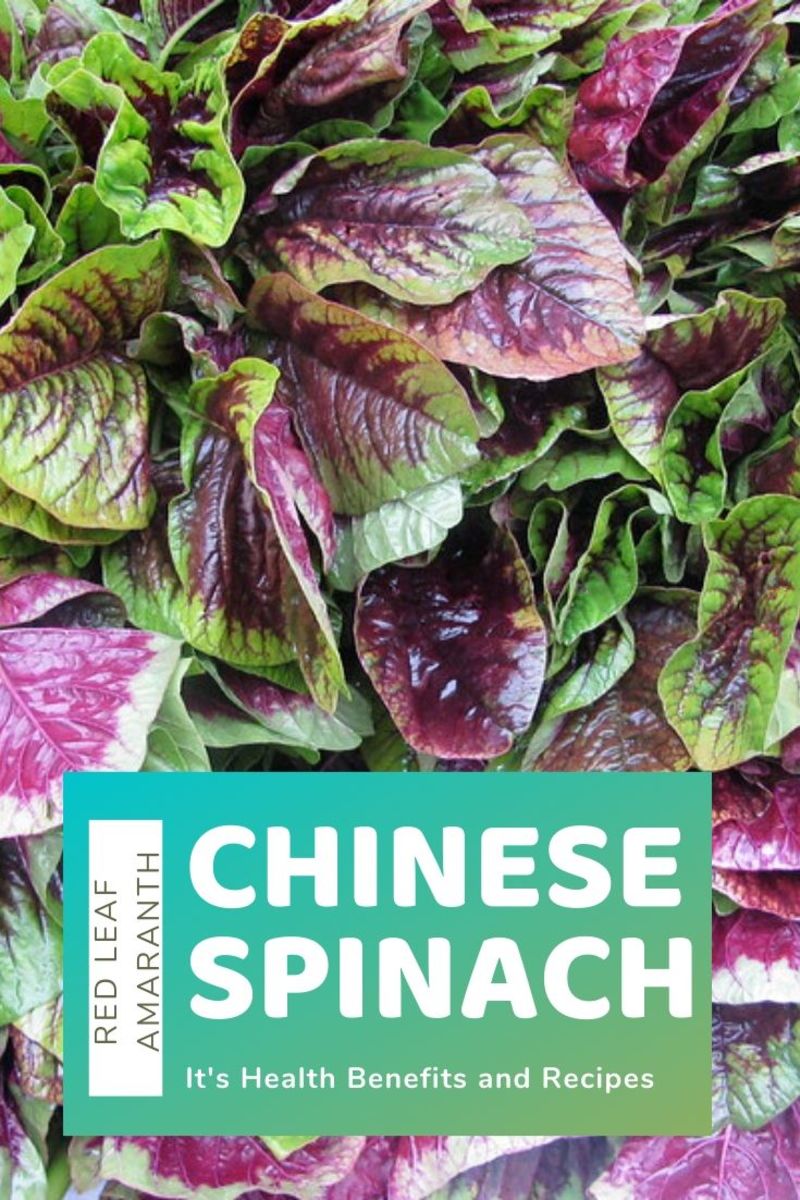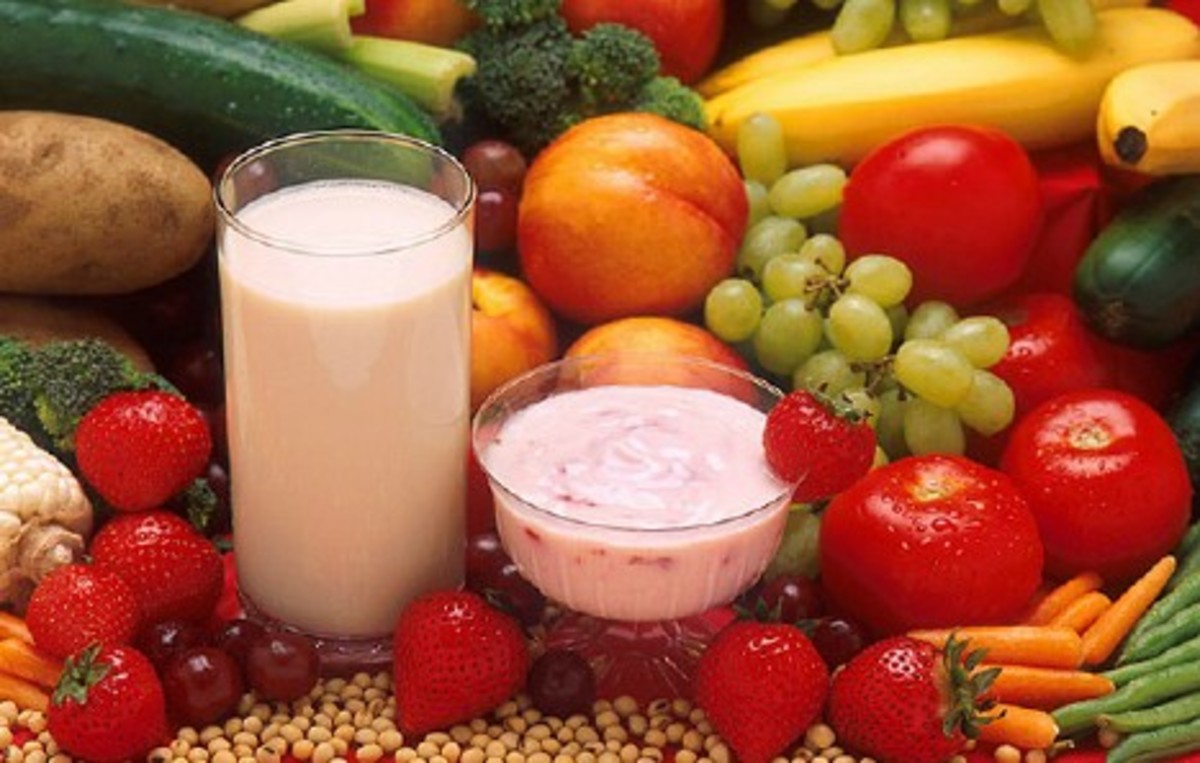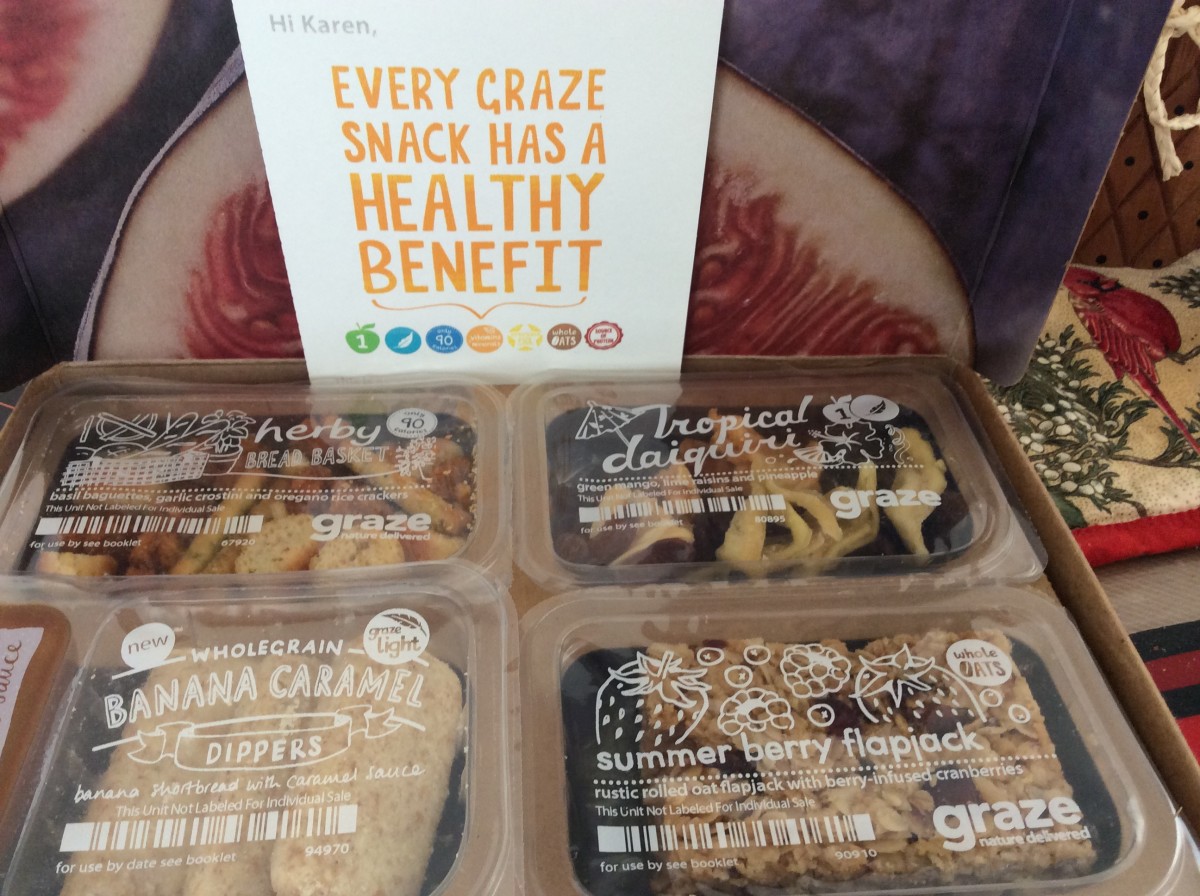South Carolina Peach Tree Story
South Carolina Peach Cobbler For Every American
The South Carolina peach tree story starts on the third day when God fruited the Earth with peaches, but South Carolinians didn’t discover them until 1680. Regardless of the late but divine notification, citizens gave this particular bit of creation a casual glance, shrugged their shoulders and went about other business. Thus, the South Carolina peach tree story got off to a slow start.
Another two centuries rolled by before an enterprising fellow gambled that pretty near everyone would love to buy South Carolina peaches, and he became the first grower to ship peaches out of state.
Today, peach growers in South Carolina plant more than 18,000 acres of peach trees for our eating pleasure each year. That’s enough to give each citizen of these united states a piece of warm South Carolina peach cobbler.
Peach Farmers Must “Roll the Dice”
South Carolina peaches have much good to say about themselves.
Consider that a couple of humble peaches boast a mere 70 calories, no fat to add to your tummy, no salt, no cholesterol, 20% of the daily recommended doses of vitamins A and C, 331 milligrams of potassium and 16 milligrams of sugar. So mother was indeed right when she said eat peaches - they are good for you.
Notwithstanding the good news of God fructifying South Carolina with the sweet peach tree, He makes peach farmers work - and work hard - by delivering various storms, winds and weather to challenge each year’s peach crop.
For example in the spring of 2007, the temperature on Easter morning registered a peach-killing 25 degrees over a six hour period, destroying the tender and newly formed fruit on the peach trees.
And in 2003, it was not a good year to buy peaches. Heavy rain and severe weather cut the state’s peach production to 120 million pounds.
As these cycles of wind, drought and freeze challenge the peach farmers, they must make guesses on whether to increase or decrease the number of peach tree plantings. Peach growing is indeed the Las Vegas of fruit farming, and each year peach farmers must “roll the dice.”
Peaches in South Carolina
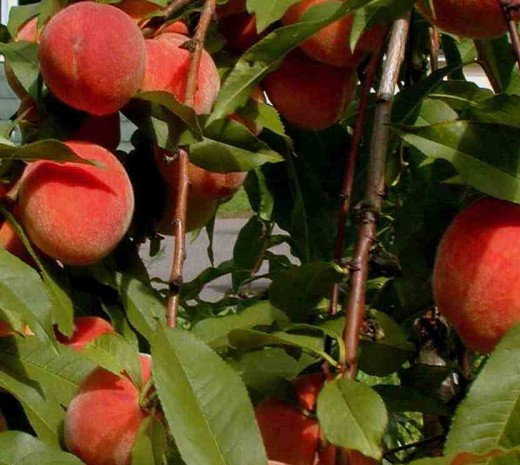
Peaches Discover America
Peach tree detectives believe the peach tree traveled to the New World from China in a circuitous route. Traders carried the peach tree from China to Persia via the ancient silk road. From Persia, merchants transported the peach tree to the Mediterranean area, where peaches for breakfast shows up in Greece about 300 BC. At around 100 AD, the peach gains entry through Rome’s guarded gate and is presented on Caesar’s plate.
Centuries later, the peach is loaded onto ships crossing the Atlantic Ocean bound for the New World. It’s thought that the first peach trees landed in America at St. Augustine, Florida, carried by Spanish settlers in 1565. Other historians say the first peach trees arrived in 1562 thanks to the French landing somewhere at an isolated Gulf of Mexico settlement. Take your pick on which to believe.
Prunus Persica Marches Across America
Without prune-face bureaucrats to thwart the peach tree landing, Prunus persica marched across the American landscape unimpeded and established sweeping colonies of peach trees.
Whether carried by American Indians, colonists, explorers or nature, the peach tree spread across the Eastern United States into magnificent and sprawling peach colonies.
The invasion of the peach tree across the American landscape is noted by John Smith in Jamestown as early as 1629.
William Penn wrote of “wild, Indian peaches” as far north as Philadelphia in 1683.
A few years later, John Banister wrote that in Virginia, “Peaches and Nectarines I believe to be Spontaneous ... for the Indians have, and ever had greater variety, and finer sorts of them than we ..."
In 1787, Luigi Castigloni observed that “Peach trees are so abundant in Virginia that often, upon cutting away a pine wood ... they cover the whole terrain."
Now, wild peaches have their issues - small, stunted, not too juicy, etc. So leave it to one of America’s founding statesman to solve that problem.
Peach Tree President
Thomas Jefferson, author of our Declaration of Independence and third president, can be properly labeled our “Peach Tree President.”
He had a great fondness for the peach tree and liked peach desserts. His favorite may have been “peach chips,” which were sliced peaches, boiled, sugared and sun-dried.
In 1794, Jefferson planted 900 peach trees as a living fence to mark his agricultural fields at Monticello and Lego. He grew 38 different varieties in his South Orchard, consisting of early and late producers, freestones and clingstones and Old and New World peach varieties.
Clearly, Jefferson was an experimenter, who planted both peach clones and peach cultivars by grafting branches onto various Old and New World rootstocks. Jefferson’s planting records show him in a constant battle against assorted peach plagues, stunted fruit and the vagaries of ill-timed weather.
Inventive imbibers also made a peach drink called Mobby - the peach equivalent of apple cider - and drank it as cider or distilled it off as peach brandy. Jefferson recorded the production of Mobby at Monticello in 1782, writing: “20 bushels of peaches will make 75 galls, of Mobby...”
At present, Jefferson’s Monticello orchards are planted with forty-five 19th century peach varieties.
Hello, World - Meet the Peach
Jefferson’s cultivated peach tree fad spread to colonial South Carolina farmers who planted orchards of peach trees to feed their hogs.
Colonial writers noted that every countryman planted great numbers of peaches with fruit so plentiful that a person could not walk without treading on fallen fruit.
Between the colonial period and the Civil War, farmers observed that the South Carolina soil and elements produced juicy peaches.
The task of introducing the South Carolina peach to the world fell to Henry William Ravenel of Aiken, who sent out the first commercial shipment of peaches in 1859.
Peach State vs the Tastier Peach State
Colonel R.B. Watson, South Carolina's first Commissioner of Agriculture, is credited as the first large commercial peach grower to ship peaches out of the state in the 1870s.
Since then, the race is on to grow better, bigger and tastier peaches to buy.
Each year, South Carolina grows more than 200 million pounds of peaches. The state is the No. 2 peach producer in the nation, behind California. Georgia is No. 3.
So how is it that Georgia, our ebullient neighbor to the west, claims the title “Peach State” when South Carolina clearly grows more peaches? Simple, Georgia claimed the name first. Besides, South Carolina already had a nickname - the “Palmetto State.”
Regardless, in an attempt to wrestle the peach crown away, the South Carolina legislation did the next best thing and enthroned the peach as the official state fruit via legislative fiat in 1984. Various South Carolinian wags went one better and crowned the state with a new unofficial state nickname - the “tastier peach state.”
Spartanburg - The Peach County
Our “tastier” peach industry is valued at $40 million annually. Add in the peach industry’s overall economic impact and the figure rises to $100 million.
The South Carolina Peach Council labors behind the scenes to deliver a bigger and better peach to consumers around the world.
Peaches occupy three main areas in the state - the “Piedmont,” located in the northwest part of the state, the “Ridge,” in the south central area, and the “Coastal Plain,” situated on the eastern shore.
The Upstate area produces 46% of the state’s peaches, with Spartanburg County the leading peach producing county. About 70% of the Upstate peach trees are grown in that county.
The Ridge area grows 42% of the state’s peaches, while the Coastal region produces about 11%.
Blake is the leading peach variety grown, followed by Redglobe and Redhaven.
Let’s Buy Peaches
Should you wish to explore (and eat) the state’s peach culture up close, check out the SC National Heritage Corridor at www.sc-heritagecorridor.org for tours, festivals, fairs and opportunities to meet farmers and producers and buy peaches. Incidentally, one can buy peaches at roadstands everywhere during the state’s steamy summer. You can also pick your own peaches at various orchards throughout the state.
And so as not to leave readers wanting, here’s a genuine South Carolina peach cobbler recipe:
Quick Peach Cobbler
1/2 cup butter or margarine
1 cup sugar
1 cup self-rising flour
1 cup milk
4 cups sliced, fresh South Carolina peaches
1 teaspoon cinnamon
1 teaspoon nutmeg
Melt butter in a 1 1/2 quart casserole dish. Mix sugar, flour, and milk. Sir thoroughly. Pour mixture over butter without stirring. Add peaches to mixture and sprinkle with cinnamon and nutmeg. Bake at 350oF for 35 to 40 minutes or until top is slightly brown and crusty. Serve hot or cold with ice cream or whipped cream. Yield: 6-8 servings.
Oh, and bring a napkin. South Carolina peaches are juicy peaches and can drip onto your best Sunday suit.
South Carolina peach festivals and growers found here
- http://www.sc-heritagecorridor.org
The 240 miles and seventeen counties that comprise the South Carolina National Heritage Corridor provide a cross-section of the landscape, history, and culture of South Carolina.
Buy South Carolina Peaches
- Order Fresh SC Peaches South Carolina's State Fruit
Want fresh SC peaches delivered to your door? The peach farms here handpack and ship peaches directly to you in custom containers. The peach is SC's state fruit. If you haven't tasted one, you're missing out!
South Carolina Peach Council
- Peach Council
SC Peach Council Mission: to promote, advance and protect the growing, harvesting, and marketing of peaches in South Carolina.
Peach festivals
- Welcome To The 2010 S.C. Peach Festival
The official Web site of the South Carolina Peach Festival
Pick your own peaches
- Where to find pick your own farms and orchards in South Carolina for fruit, vegetables, pumpkins and
This web site has complete U-pick / PYO farm listings for South Carolina (and all U.S. states, Canada, U.K. and other countries) to help you find a farm or orchard near you! These farms offer a fun way to get better quality fruit and vegetables at a
peach cobbler recipes
- Fresh Peaches - Peach Recipes and Information
Quick and easy peach cobbler recipes featured. More than 100 peach cobbler recipes. Fresh peaches - information and recipes. Peach recipes and cooking information, including recipes for pies, cobblers, main dishes, cakes, marmalade and drinks.




